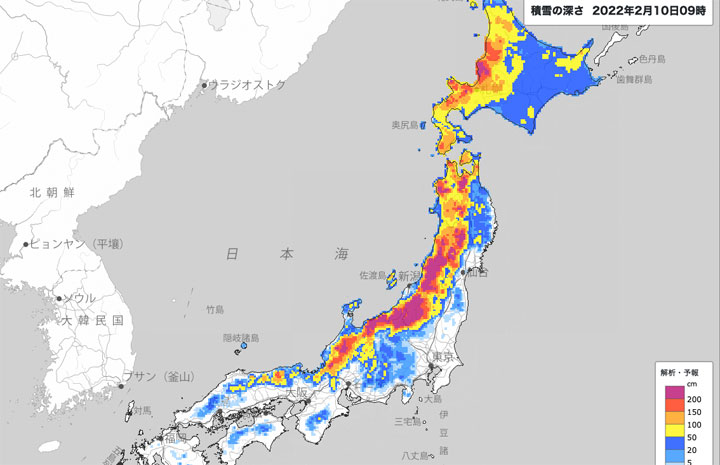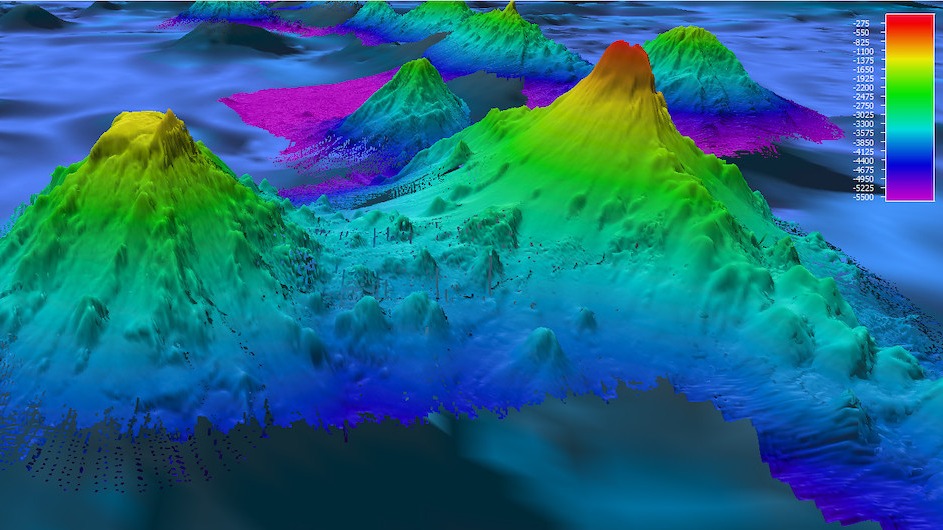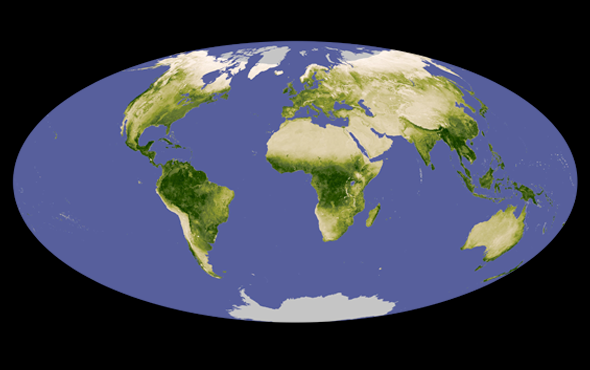WASHINGTON — NASA is making progress on a multibillion-dollar series of Earth science missions amid uncertainty about their funding for the next year.
In town hall sessions at the Fall Meeting of the American Geophysical Union (AGU) in December, NASA officials discussed work on the Earth System Observatory, a series of missions intended to implement the five “designated observables” recommended by the Earth science decadal survey in 2018.
Four missions are currently in early phases of development for the Earth System Observatory: the Atmosphere Observing System (AOS)-Storm, AOS-Sky, Surface Biology and Geology, and Mass Change, which NASA recently renamed GRACE-Continuity or GRACE-C to emphasize its links to the GRACE and GRACE-Follow On missions. A fifth mission, Surface Deformation and Change, is an extended study phase so that the agency can incorporate lessons from the NASA-ISRO Synthetic Aperture Radar (NISAR) mission launching in the spring of 2024.
These missions “are intended to answer a wide variety of questions” in Earth science, said Karen St. Germain, director of the Earth science division at NASA Headquarters, in one town hall session, and “to integrate observations, science and applications for societal benefit.”
The Earth System Observatory represents the “core missions” of Earth science for NASA in the future, she said, alongside a series of smaller missions. “They exist in a larger ecosystem of competed missions.”
Those missions, though, will not be cheap. The first four missions have an estimated cost of $3.5 billion, including $1.8 billion to $1.99 billion for AOS-Storm and AOS-Sky. St. Germain, though, noted that several international partners will contribute an additional $1.2 billion in instruments and spacecraft for the effort. “It allows us to do more together than the sum of what we could do individually,” she said. “We’re trying to get the maximum science per U.S. dollar invested.”
Those missions are tentatively scheduled to launch from the late 2020s into the early 2030s. However, she acknowledged that is dependent on budgets. NASA requested $287 million for Earth System Observatory missions for fiscal year 2024, projecting that to grow to more than half a billion dollars a year by 2026 as the missions move into later phases of development.
“We are counting on an increase to cover that development,” she said of the budget for the missions. NASA requested more than $2.47 billion for Earth science in 2024, an increase of nearly $280 million from 2023.
That increase, though, has run into broader budget pressures facing NASA as part of a spending agreement passed in June that caps non-defense discretionary spending, like NASA, at 2023 levels for 2024. A Senate appropriation bill would provide a little less than $2.22 billion for Earth science, while the House bill offers only $2 billion.
The House bill is silent on funding for the Earth System Observatory, but the report accompanying the Senate bill noted that appropriators were “pleased” with the progress NASA was making on the missions. “The Committee expects NASA to continue formulation of the four Earth System Observatory missions,” it stated, “and provides the request level for these four missions.”
St. Germain acknowledged the fiscal uncertainty that the Earth System Observatory and other Earth science programs face, as NASA operates under a continuing resolution holding funding at 2023 levels until Feb. 2. “This is an ongoing conversation,” she said, guided by the direction given by the decadal survey. “We’re moving forward in a budget environment where we will work very hard and do our best to maximize what we can accomplish with the budgets that we end up getting.”
However, at a meeting of a National Academies committee Nov. 29, she said NASA was hitting the limits of the advice the decadal survey provided on dealing with budget challenges, including balancing large directed missions with smaller competed ones. “We find ourselves in a position where we’ve exhausted most of the guidance the decadal gave us,” she said.
“It is going to be a challenging year,” Nicola Fox, NASA associate administrator for science, said of 2024 at an AGU town hall meeting, citing the budget uncertainty. “We look forward with hope to an appropriation that we will immediately be ready to implement.”
She asked scientists at the town hall meeting to work together to advocate for NASA Earth science budgets overall and avoid internecine sniping that pits programs against one another. “The worst thing we can do is not go forward as a community,” she said.
Note: This article have been indexed to our site. We do not claim legitimacy, ownership or copyright of any of the content above. To see the article at original source Click Here













